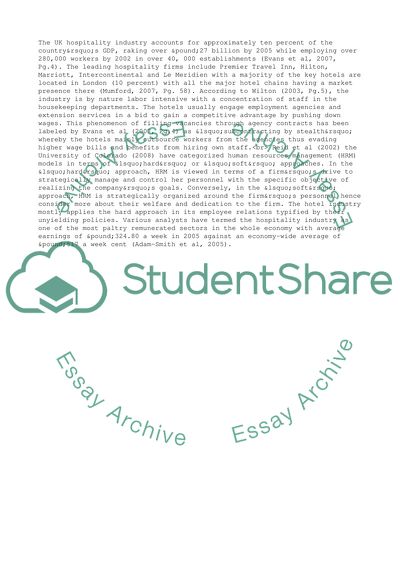Cite this document
(A Critical Investigation of Challenges Faced and Strategies Employed Literature review, n.d.)
A Critical Investigation of Challenges Faced and Strategies Employed Literature review. Retrieved from https://studentshare.org/business/1733420-employee-retention-and-competitive-advantage-a-critical-investigation-of-challenges-faced-and-strategies-employed-in-london-hotels
A Critical Investigation of Challenges Faced and Strategies Employed Literature review. Retrieved from https://studentshare.org/business/1733420-employee-retention-and-competitive-advantage-a-critical-investigation-of-challenges-faced-and-strategies-employed-in-london-hotels
(A Critical Investigation of Challenges Faced and Strategies Employed Literature Review)
A Critical Investigation of Challenges Faced and Strategies Employed Literature Review. https://studentshare.org/business/1733420-employee-retention-and-competitive-advantage-a-critical-investigation-of-challenges-faced-and-strategies-employed-in-london-hotels.
A Critical Investigation of Challenges Faced and Strategies Employed Literature Review. https://studentshare.org/business/1733420-employee-retention-and-competitive-advantage-a-critical-investigation-of-challenges-faced-and-strategies-employed-in-london-hotels.
“A Critical Investigation of Challenges Faced and Strategies Employed Literature Review”, n.d. https://studentshare.org/business/1733420-employee-retention-and-competitive-advantage-a-critical-investigation-of-challenges-faced-and-strategies-employed-in-london-hotels.


